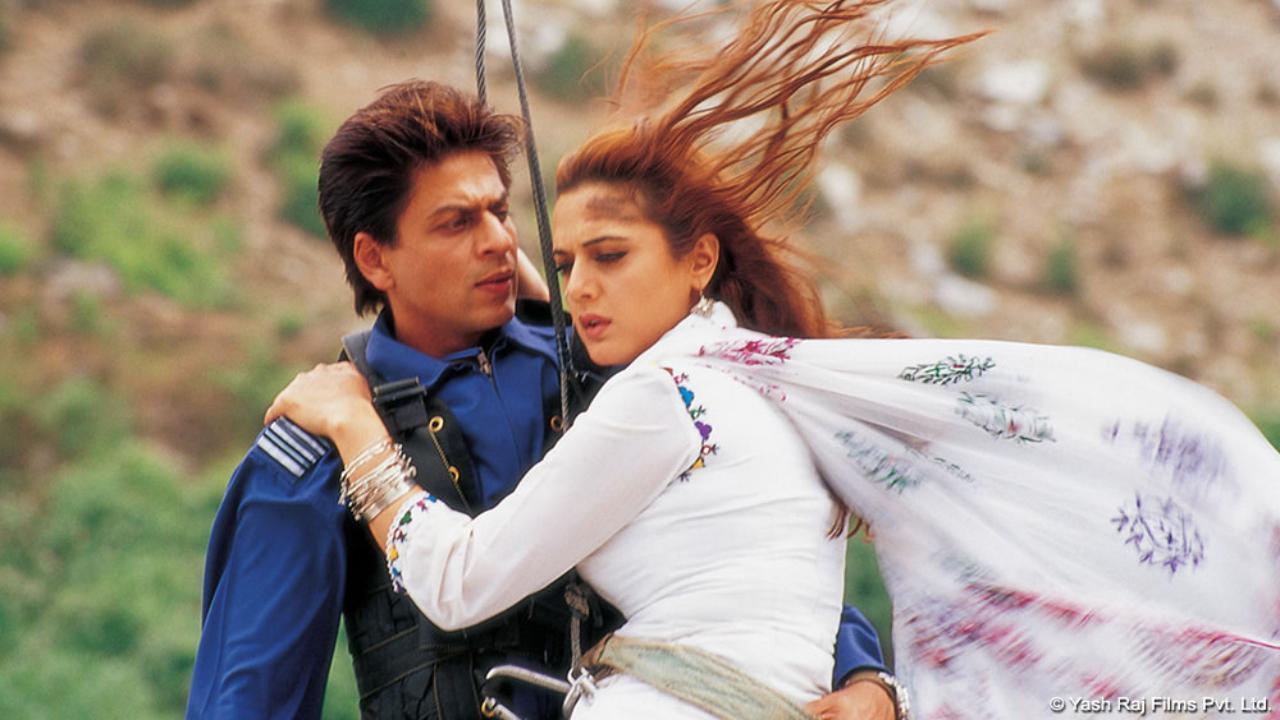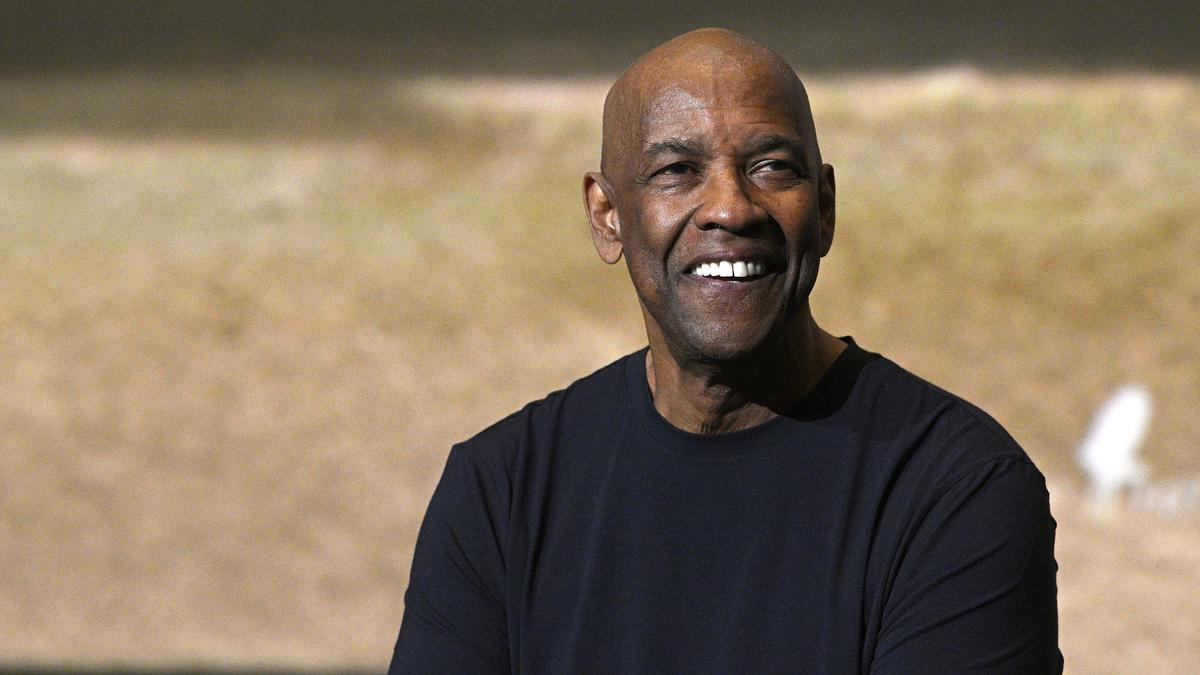
On the historic day of November 19, last year, the Australian cricket team etched its name in the annals of cricket history once more by emerging victorious against India at the Narendra Modi Stadium in Ahmedabad, securing the World Cup trophy for an unprecedented sixth time. With the triumph still fresh, the cricketing fraternity has turned its gaze to the horizon and the upcoming ODI World Cup in 2027, where a total of 14 teams will fight for the coveted title.
As the hosts of the grand event, South Africa and Zimbabwe have already punched their tickets to the 2027 World Cup. However, fellow co-host Namibia has not been granted an automatic berth and is thus poised to navigate a series of challenging tournaments to seize the opportunity to compete on its own soil.
The qualification pathway is meticulous. Apart from the hosts, eight of the top-ranked teams will be accorded the chance to enter the competition directly. Nonetheless, the precise cut-off date for this direct qualification remains shrouded in uncertainty. The anticipation for how this process will unravel is palpable. Let us explore how the qualification puzzle pieces will fit together as we count down to the 2027 spectacle.
The inception of this elaborate journey features three distinct competitions: the CWC Challenge League A, the CWC Challenge League B, and the CWC League 2. These tournaments will ultimately distill eight teams to step forward to the CWC Qualifier Play-off. A dozen teams, comprising entities like Papua New Guinea, Jersey, Denmark, Hong Kong, Kenya, Qatar, Singapore, and Uganda, have secured their spots. They will be joined by four teams selected from an assorted group, including Bermuda, Italy, Kuwait, Bahrain, Tanzania, and Vanuatu.
These 12 teams will be strategically divided into two groups labeled CWC Challenge League A and B. Over the following years, these groups will engage in a trio of round-robin tournaments. The top two from each group will progress to the CWC Qualifier Play-off.
CWC League 2 sets a stage for another eight squads, which includes Namibia, the persistent co-host seeking to showcase their talents before the home crowd. They will join the likes of the Netherlands, Scotland, the UAE, the USA, Nepal, Oman, and Canada. Across an ambitious span of nine tri-series, each team will play 36 ODIs, concluding in December 2026. The four teams with the highest points will secure direct entry into the CWC Qualifier Play-off, giving the remaining four one last shot at glory.
The dramatic conclusion to this series of contests, the CWC Qualifier Play-off, will then filter through the top four squads to the CWC Qualifier. This crucial battleground is not just the last hurdle but perhaps the most formidable, with two additional full-member nations joining the fray. In total, ten teams will lock horns for the four spots left in the World Cup roster.
In the wake of these grueling tournaments, the World Cup 2027 promises to be an unforgettable endeavor featuring a blend of established cricketing giants and emerging challengers, each vying to etch their name in glory. This pathway to qualification underscores the growing competitive spirit within the sport and the opportunity for nations to rise through the ranks and compete among the world’s best.
As the pace picks up toward the much-anticipated event in 2027, nations big and small begin to navigate the choppy waters of World Cup qualifications, each with dreams of glory and a place in the cricketing sun. The momentum of the ensuing matches and series will certainly keep cricket aficionados across the globe riveted, as every run, wicket, and over can shift the destinies of those vying for international cricket supremacy.










